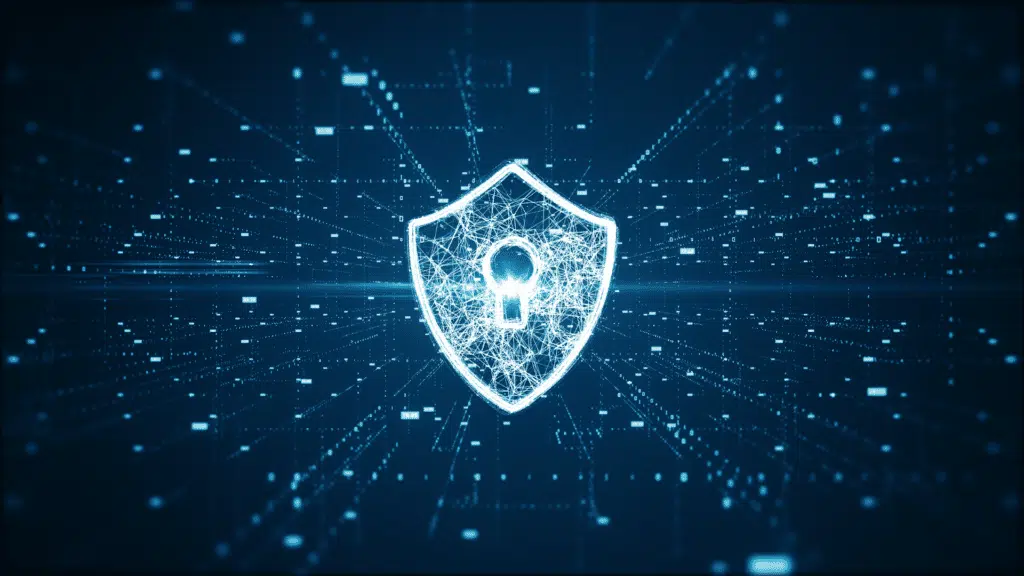
Call Us : IDN +62-21-572-4712 – JPN +81-048-553-4655
Call Us : IDN +62-21-572-4712 – JPN +81-048-553-4655

When we think about cybersecurity, most of us have the idea that only the IT team is responsible for it. As a matter of fact, Cybersecurity is a combination of CULTURE and TECHNOLOGY. Culture or habits cannot be delegated. It must be built within an organization. To decrease the likelihood of a cyberattack, several tasks need to be performed.
Create the framework and mutual consciousness throughout the organization about cybersecurity. Communicate through emails and always provide direct briefings to each individual during regular meetings or when a security program update initiative is available. Establish a “routine” such as setting up Multi-factor authentication (MFA), calculating the number of systems that are secure, and recording the number of backup systems which is readily available.
Assign and support a person who can ensure the organization implements all the key elements of a solid cybersecurity program. This person does not need to be a security expert or even an IT professional. They should report progress and obstacles, at least monthly, the more frequently and the earlier the better.
Primary Duties of a Security Program Manager:
– Training and providing understanding to all staff about cybersecurity
– Write and maintain an Incident Response Plan (IRP)
– Host a Tabletop Exercise (TTX) workout
– Ensure MFA compliance
An IRP is your action plan specifying what must be done by an organization prior to, during, and following an actual or potential security incident. Roles and duties for all important actions will also be included in it. Review and approve a written IRP created by the Security Program Manager.
Perform and participate in common attack simulation exercises called Tabletop Exercises conducted by the Security Program Manager. TTX is a role-playing game where the facilitator presents a series of scenarios to the team to observe how they will respond. These exercises will help everyone in the organization build the reflexes needed during an incident.
The CEO support is critical, especially where the security program requires the help of every member and staff member where you work. Doing so aims to create a culture of security from the top.
MFA is one term that is often mentioned when discussing Cybersecurity. MFA or Multi Factor Authentication is a multi-layered approach to securing your online accounts and the data they contain. This approach goes beyond just using password for access. When you enable MFA for your online service, account, or system (such as email), you will be required to provide multiple authenticators to verify your identity, before access is granted.
Common forms of MFA are generally categorized into 3 (three): something they know (password or security question), something they have (an SMS text message, or authentication in the form of a 6-digit code generated using a dedicated app that is sent to your phone, or a physical security key such as a token), and/or something they are (fingerprint or facial recognition).
This way, even if one factor (like your password) is compromised, unauthorized users will not be able to meet the secondary authentication requirements that ultimately stop them from gaining access to your account.
MFA must be implemented using the correct technical controls, rather than based on trust alone. It also needs to be enabled for all system administrator accounts.
Achieve the highest security posture by reshaping your whole IT infrastructure. Here are the few actions you can take :
These are the services hosted locally in the office. To secure the running system requires a lot of skills as well as time to patch, monitor, and respond to potential security gaps. Meanwhile migrating to a secure cloud version can be more efficient as the service is built and maintained at a competitive cost using top-tier technical skills and security standards.
A crucial part of contemporary cybersecurity strategies is the Secure Endpoint Services. They focus on protecting individual devices (endpoints) such as computers, laptops, smartphones, and tablets from cyber threats. To protect the integrity and safety of endpoints, these services use a variety of security measures, such as firewalls, antivirus software, and threat detection.
Many attacks succeed because the victims are running obsolete or outdated software. Keeping your systems up to date is one of the most cost-effective practices for improving your security posture. Be sure to monitor the Known Exploited Vulnerabilities (KEV) Catalog, a list of listed vulnerabilities attackers use in attack activities.
It’s not enough to schedule all critical systems to have regular backups. It is also important to regularly test for partial and full recovery. In the event of ransomware attacks, recovering data might take significantly longer than expected if the backup system is incomplete, impacting the business as a result.
There are many other IT tasks that can add up to a better security program. While this list is not comprehensive, it includes the top countermeasure to address the most common attacks.
In today’s ever-evolving digital landscape, cyber threats keep growing in complexity. Thus, the importance of cybersecurity cannot be overstated. Organizations from small to medium to large often find difficulties in handling the security and in finding time commitments to reshape and continuously maintain the IT infrastructure by themselves.
It is crucial to make more aggressive changes to your IT systems to mitigate “Primary Attacks” and hacking issues as well as eliminate the possibility of falling victim to a phishing attack. By partnering with an IT expert, you’re not just protecting your digital assets; you’re investing in the trust and confidence of your stakeholders. So, take the proactive step and secure your digital future with the guidance of an IT partner.